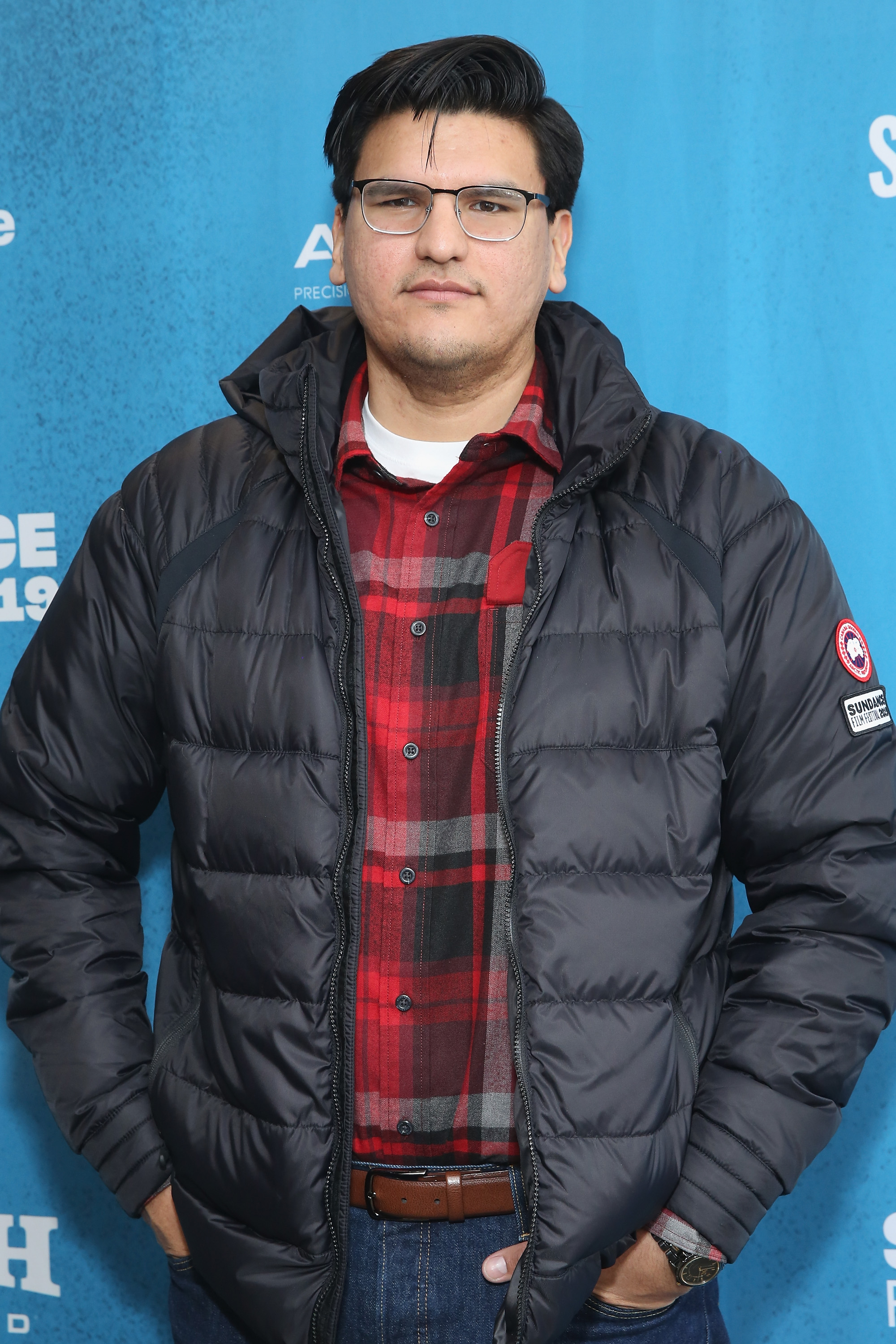
- Festivals
Sundance 2021 Interview: (Wild Indian) Lyle Mitchell Corbine Jr.
Selected as one of Variety’s 10 Directors to watch, Lyle Mitchell Corbine Jr. brings his quiet and confident film Wild Indian to the Sundance Film Festival. The story follows childhood friends Makwa (Michael Greyeyes) and Teddo (Chaske Spencer), who as kids had covered up a shocking murder. Decades later, Makwa has moved on to become a successful businessman and a married father. Meanwhile, Teddo has gone to prison and when released, has no option but to reunite with his sister and move in with her. It is then he decides the only way to move forward is to make amends for the sins of his past, but soon discovers his long-lost friend chooses to deal with it in a very different way. Corbine, who is Ojibwe, makes powerful use of the social turmoil that Native Americans face on a daily basis – setting the film on the poverty-stricken “rez” many Native Americans are forced to live in, and unflinchingly portraying the brutality that comes with it. He pulls no punches in presenting characters who have to face their circumstances; which in turn forces the audience to look back just as closely.
Not only did your film premiere at Sundance, but the movie was nurtured at the Sundance Labs. How important was that process for you as an artist?
It was instrumental. I was fostered through the process by people at the top of their game; writers and directors who are still my mentors. I couldn’t have asked for a better structure to make my first feature. While it wasn’t, hand-holding, I had people like Ken Kwappis, Joan Tewkesbury, David Lowrey, Barry Jenkins, and Robert Redford gave me their thoughts and guidance. They have stayed in touch over the years.
Since the advent of cinema, most stories have been created by white men. Now we are slowly starting to see people of different genders, cultures and ethnicities get the opportunity to tell their stories. How important was this movie to have a Native American tell a story about Native Americans?
I am just a singular person. I started writing this by myself before I thought how it would sit out in the world. I approached it like I was writing a novel. I wasn’t in a place when I started writing it where I could get a $1 million to finance it. I was writing and directing like $2000 films. I was writing a story about me and my family and gradually it becomes an allegory as I got further into the film.
There is a childhood trauma in the story and we see how it affects the kids of the community. Were those things you had witnessed or been aware of, or were they just products of your imagination?
It’s all imagined. I am a meticulous writer. I am almost directing it as I am writing it. I construct things really fast but when I am writing something personal, it takes a while because I am very exact as to how I wanted to portray these people in the movie.
We first meet these two young friends and we form opinions about who we think they are. As the story unfolds, those initial impressions change and the paths these boys take, totally flips from where we thought it might go.
Yeah. It’s those general film rules. I spent a lot of time studying film and see how it works. It’s like the Hitchcock thing – you put a bomb under the table and a regular conversation becomes this intense scene. It was that way with my script It was initially about two cousins who grew up differently. Once they reconnected after a few years, it was kind of how about they reconciled being different. It wasn’t compelling. What if they had this terrible secret between them? The story started becoming tenser and I saw the parallels between guilt, trauma and shame.
It did make me think, can we wash away our sins?
That is the question that the film explores. It doesn’t answer it.
In casting, how easy was it tap into the Native American talent pool?
Michael Greyeyes and Chaske Spencer innately understood the story I was trying to tell and the world I was trying to portray. It wasn’t difficult at all. They often do not get to explore the worlds that they were brought up in.
You shot the film in 17 days. What did that teach you about time? Was it your friend or enemy?
In this case, it was what it was. I could still be shooting. I started in mid-October but part of the process when you are tied to a strict time line, is you rely on creativity and new ways to tell your story.
What kind of conversations do you hope audiences have when they leave the theater?
A lot of Native Americans come out of it understanding what it was and feel an understanding connecting to the story. They really appreciated it.